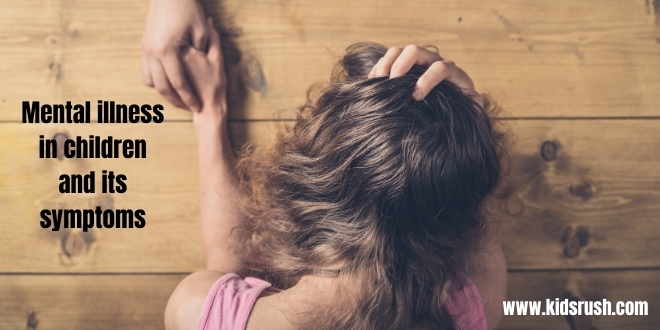Physical inactivity in children – a growing epidemic:
Physical inactivity in children is a problem that has gradually increased in the Western world. Today, there are more sedentary than active children.
Physical inactivity in children is a growing problem in almost every part of the world. Experts have even classified the situation as an epidemic. This situation has arisen due to several factors and is also a potential risk factor for future health problems.
A new report from the World Health Organization states that about 70% of boys and up to 88% of girls under the age of 10 do not get the physical activity they need for their age. This means that physical inactivity affects an average of 79% of children.
Physical activity plays a key role in our health at all ages in life. During childhood, however, physical activity is an essential factor for normal development. For this reason, there is a lot of concern in the medical world due to the gradual increase in physical inactivity in children. In this article, we will take a closer look at this widespread epidemic.
Physical inactivity in children

Physical inactivity is defined in many ways. But one of the most accepted ways is to say that a person is considered sedentary if he or she burns less than 150 calories per day through moderate-intensity physical activity.
Regarding physical inactivity in children, the World Health Organization (WHO) has issued a statement stating that a child is sedentary if he or she participates in less than 60 minutes of physical activity a day. Several studies indicate that the vast majority of Western children do not achieve the recommended quota of daily activity.
Worst of all, physical inactivity during childhood is often accompanied by other harmful factors, such as poor nutrition. This combination creates the conditions for more and more children to become overweight than ever before, with all the consequences this entails. We recommend you to read our other article which is about Diet guidelines and menu for overweight children.
Risk factors
Movement during childhood is a crucial factor for psychomotor development. Besides, movement is what allows children to discover themselves and the world around them. In turn, this will have a major impact on their intellectual and psychosocial development.
Why is physical inactivity so common in children today? These are some of the factors that promote it:
- Physiological factors. The closer children get to puberty, the less physical and the more intellectual activities they tend to engage in.
- Sociocultural factors. Today’s new type of sedentary play and entertainment, as well as parental inaccessibility, are part of why children today are less physically active. Children do not get enough stimulating activities where they are in motion.
- Psychological factors. Lack of physical activity limits the development of motor skills. This makes children more sedentary due to their self-esteem. This leads them to form an image of themselves as incompetent in activities that require physical skills.
The effects of physical inactivity in children

Physical inactivity in children has some negative consequences, and some of them have long-term effects. The most important are:
- Overweight and obesity. Lack of exercise, especially if it goes hand in hand with poor nutrition, leads to overweight and obesity. This increases the risk of cardiovascular disease as well as diabetes.
- Stagnation of psychosocial development. Studies have shown that children who are not physically active are less confident, have fewer social skills, and generally have poorer academic performance.
- The development of addictive behavior. New technology has an addictive effect, especially when it comes to children’s immature brains. This limits their normal psychological development and can thus lead to other personality or behavioral problems.
Things to think about
It is not an exaggeration to say that physical inactivity can hurt a person’s life. If children do not develop normal physical and intellectual skills for their age, they lay the foundation for a life with severe limitations. If problems such as obesity or obesity occur, there is a serious risk of chronic diseases.
Adults must help give children opportunities for physical activity. Both parents and teachers play an important role in this. You can fight a sedentary lifestyle with lifestyle changes. Children have a natural tendency to engage in physical activity and their first year is crucial for this.
Adults should therefore do everything to support their children in their desire to explore the world by moving, playing with other children, and getting in touch with nature.

